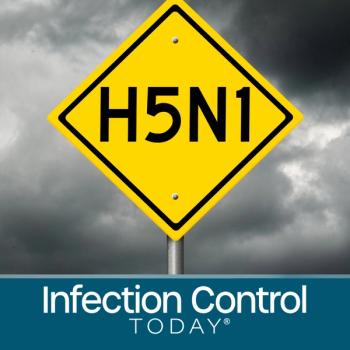
Lessons Learned Pre-COVID-19 Used During Pandemic
The lessons infection preventionists at the University of Mississippi Medical Center learned from an outbreak of respiratory illness at the facility’s NICU in 2019, were later used to help deal with the COVID-19 pandemic.
COVID-19 generated, continues to generate, and will always generate studies. But as infection preventionists (IPs) and other health care professionals and researchers know too well, there were infection prevention and control challenges long before COVID-19, such as health care-acquired infections (HAIs). HAIs—which are generally bacterial or fungi—continued during COVID-19 and, in fact, some seemed to take advantage of all the attention being paid to COVID-19, such as the deadly
As with the case with almost every health care discussion during the last year and a half, COVID-19’s presence could not be ignored at this week’s annual Society for Healthcare Epidemiology of America (SHEA). But there were other matters on the agenda, as well.
For instance, Bhagy Navalkele, MD, an assistant professor at the University of Mississippi Medical Center who specializes in infectious diseases,
“One of the most important kind of learning points have been that you have to be quick,” Navalkele tells ICT®. “You can’t wait anytime you hear that there is a trend in number of infections going up. You have to immediately inform leadership about it, you have to immediately inform the necessary unit or staff members about it. You have to immediately determine what interventions need to take place so that there is this does not occur again. All these kinds of interventions were applied during the pandemic, as well.”
Newsletter
Stay prepared and protected with Infection Control Today's newsletter, delivering essential updates, best practices, and expert insights for infection preventionists.




